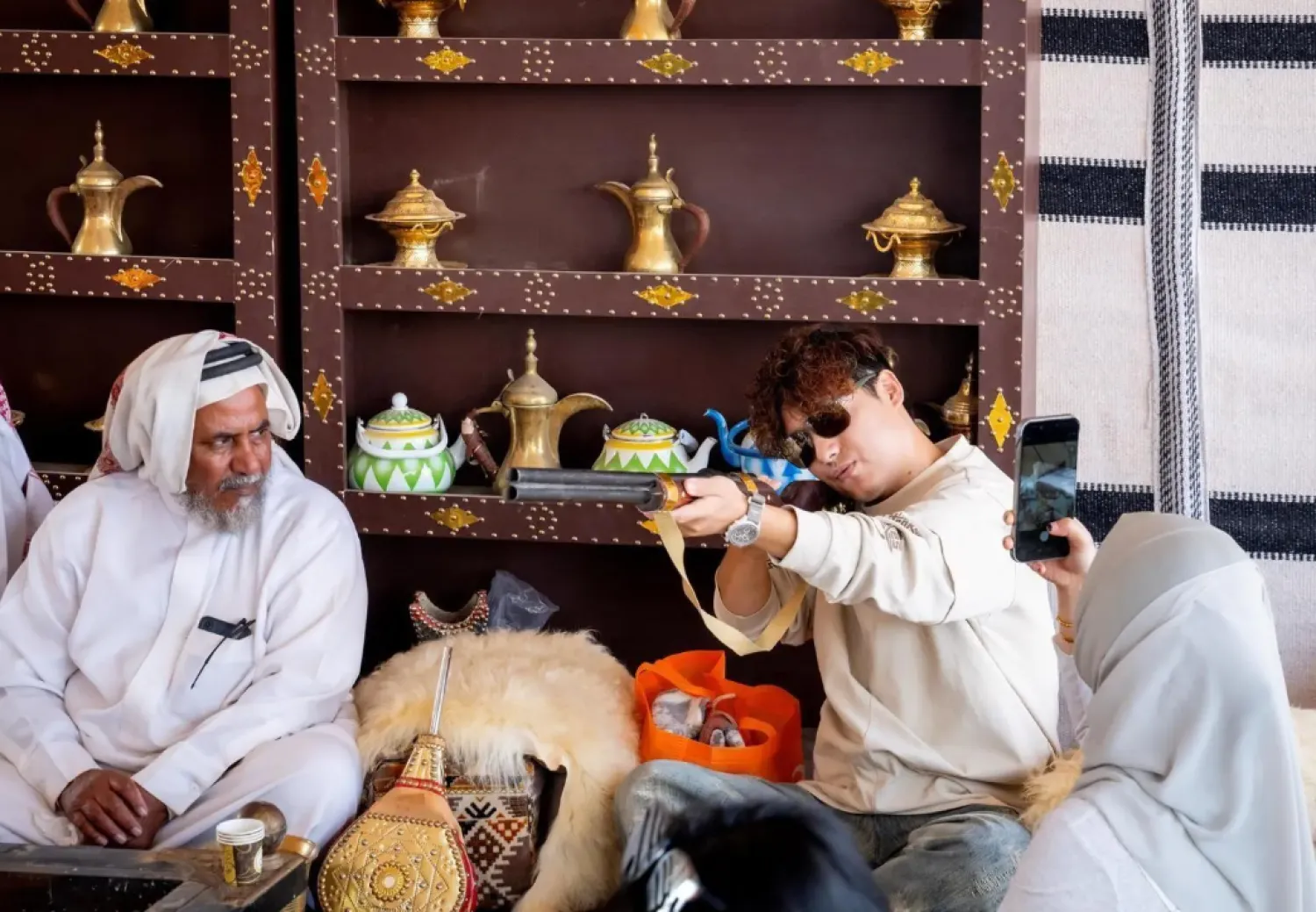The Ministry of Culture is participating with a National Pavilion at Artigiano in Fiera, a global village of arts and crafts, displaying items, foods, and beverages from various corners of the globe for more than two decades.
It advocates for artisans, creators of beauty and goodness, presenting distinctive, high-quality products that honor both nature and people. This year's edition will take place in Rho, Milan, from December 2 to 10.
Artigiano in Fiera is now the world's biggest trade fair of its kind, celebrated for its unique blend of positivity and beauty. With a layout organized by regions, the event brings together thousands of artisans. Representing over 100 countries, these artisans showcase a wide range of products from food and textiles to design, furniture, personal care, and fashion.
Antonio Intiglietta, President of exhibition planner Ge.FI., expressed pride in Saudi Arabia's presence.
"After last year's success, we are extremely proud of Saudi Arabia's renewed presence, this year among the largest stands at the fair. We recommend all Italians to discover the wonderful traditions of Saudi culture,” Intiglietta said.
At the Saudi Pavilion, attendees can explore various traditional crafts, including the UNESCO-recognized Al-Qatt Al-Asiri—a unique form of traditional interior wall decoration crafted by skilled female artisans from the Southern region.
The exhibition also highlights the ancient artistry of Al Sadu, a traditional weaving technique passed down by the Central region’s women through generations. This curated presentation provides valuable insights into Saudi Arabia's diverse cultural heritage, emphasizing the unique contributions of its regions to the nation's historical tapestry.
To showcase the vast cultural legacy, the Saudi Ministry of Culture along with some of its 11 sector specific commissions and other will participate in the forthcoming exhibition.
The Saudi Pavilion will offer visitors unique and immersive experiences and enable them to interact directly with skilled Saudi artisans, gain valuable insights into the intricate materials and tools employed, and foster a deeper appreciation for the intrinsic value of each handicraft.
Moreover, the pavilion promises a sensory journey as visitors can indulge in the flavorful tastes of traditional Saudi dishes and culinary delights meticulously prepared by chefs selected by The Culinary Arts Commission. Through this participation, the Commission showcases Saudi cuisine both nationally and globally, and adds a delightful gastronomic dimension to the cultural showcase.
In addition to the visual and culinary treats, attendees can also bask in the artistic prowess showcased by traditional Saudi performers associated with the Theater and Performing Arts Commission. As a patron for all genres of performing arts, the commission brings forth characteristic musical and dance performances that enrich the cultural display.









